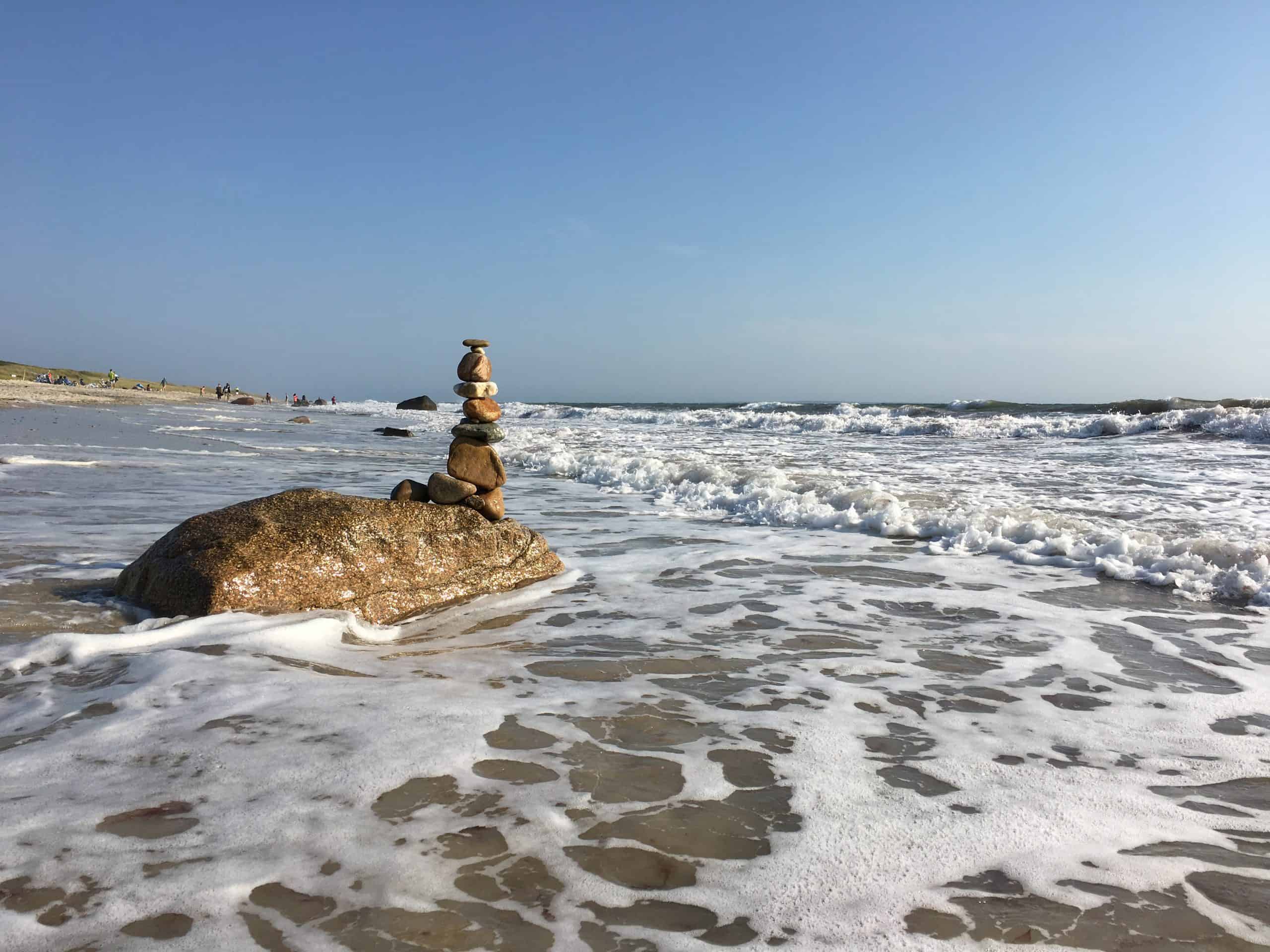When he ran for president, Joe Biden declared climate change the “number one issue facing humanity.” He promised a shift from fossil fuels to renewable energy that would generate millions of new jobs. But will he be able to deliver?
Candidate Biden had the most ambitious plan addressing the climate crisis ever proposed by a major party presidential nominee. His infrastructure and clean energy proposals included a pledge to achieve 100% clean electricity by 2035. That ambitious target is what science tells us we must do, and a recent analysis reveals it’s achievable due to plummeting solar, wind, and battery costs.
It’s an uphill climb. To achieve his ambitious objective of a “clean-energy revolution” means doubling the best rate of solar and wind deployment each year from now to 2029 — then tripling it each year to 2035.
This will need to go hand-in-hand with building a new energy grid, a key part of his plan to create half a million jobs. He will also need to eliminate toxic emissions from the energy-producing sector, which would result in significant health and environmental benefits.
A second pillar of his climate plan relies on reducing greenhouse emissions by setting higher efficiency standards. This focus on efficiency is key, since the more energy we save, the less we need to produce with the new renewable sources. It also proposes constructing 1.5 million energy-efficient homes to address the affordable housing crisis, which would also create many jobs.
He proposes an environmental justice initiative that directs 40% of his investment in clean energy directly toward “fence-line” communities populated mainly by racial minorities and indigenous communities that are disproportionately harmed by climate change impacts.
When environmental and health costs are added to the balance sheet, a clean energy grid turns out to be a lower-cost option compared to burning fossil fuels.
Even though Biden’s plan may not be as ambitious as the Green New Deal, it is in line with climate scientists’ priorities. If enacted fully, it would result in transformational change. But while his plan has the right “to do” items, how can he make progress if the GOP Senate blocks it?
For starters, Biden could declare a climate emergency and sign a series of executive orders to achieve 100% clean energy and other objectives. His pen has the power to stop all new fossil fuel extraction and drilling leases and to strengthen automobile efficiency and power plant emission standards.
As a former longtime senator, Biden understands the Byzantine ways of the Senate’s process. He will need all of his political skills to bring something good out of this complicated legislative body.
President Biden will have to achieve way more than President Obama did. Obama 2.0 will not be enough. The best climate science says that we have about 10 years left to prevent catastrophic damage. Candidate Biden understood both the urgency and the opportunity of the climate crisis. It is now up to President Biden to deliver. Much is at stake.
David Hastings is a climate scientist and retired professor of oceanography. He wrote this for InsideSources.com.
“The Invading Sea” is the opinion arm of the Florida Climate Reporting Network, a collaborative of news organizations across the state. It is supported by a grant from the Environmental Defense Fund.

